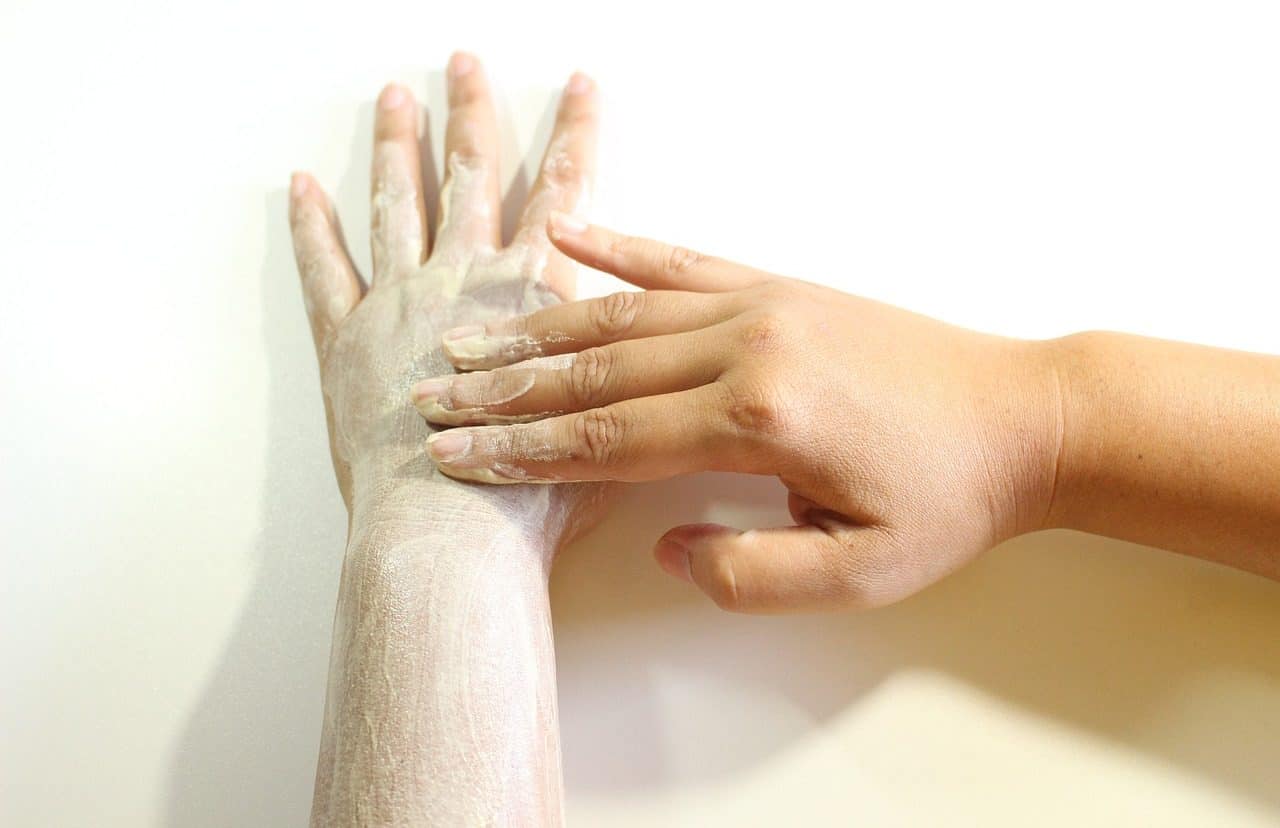
Exfoliation involves removing dead skin cells.
Exfoliation is the action and effect of exfoliating . This verb , for its part, refers to removing dead skin cells or dividing something into sheets or scales.
Exfoliation, therefore, can refer to the cosmetic treatment carried out to remove dead skin cells or the loss of the epidermis in the form of scales. As a cosmetic treatment, exfoliation is a procedure for facial rejuvenation , since dead cells are removed through physical or chemical action.
Types of exfoliation
It is possible to exfoliate the skin through mechanical abrasion (with a scalpel or dermatological sandpaper), the action of a laser or the use of creams or gels. The goal is always the same: to eliminate, in one way or another, dead skin cells.
Chemical exfoliation with substances such as salicylic acid or phenol is called peeling . This treatment, which must be carried out by a professional, improves the appearance of the skin and erases damage caused by scars, sun rays, acne , etc.

Exfoliation helps erase damage caused by acne.
The results
It is worth mentioning that none of the methods just mentioned can produce miracles on severely affected skin; Acne is one of the biggest causes of depression in young people, since it often leaves terrible scars on their faces that neither laser nor acid are able to erase. However, proper treatment , in the hands of the right professional, can help significantly improve an extreme case.
Exfoliation is recommended for everyone, regardless of the condition of their skin, to help remove debris and prevent infection. In general, those who have healthy skin without visible imperfections usually resort to this technique after summer, with the aim of completing the skin change process that takes place due to sun exposure. However, the ideal is to practice it at least once every fifteen days.
How to perform an exfoliation
One of the easiest ways to exfoliate is with the help of a loofah , which should be used during the bath and comes in two varieties: one for the face and one for the rest of the body. Depending on the characteristics of each sponge, the degree of abrasion it produces on the skin varies; The harder ones should be used less frequently than the soft ones, since excess can be very harmful.
Regarding the face, the most recommended is to use glycerin soap with the help of a loofah; If possible, it always gives better results to dilate the pores with hot water before washing, and close them with cold water once finished. This exfoliation is mild and serves to keep the face clean of impurities, but it cannot produce major changes or erase scars or spots.
A more abrasive home method than the sponge is achieved by mixing baking soda in honey or liquid soap , and then using it to actively massage the face for a few minutes, without applying too much pressure, but covering its entire surface with small and constant circular movements . Another ingredient that is usually added to the first option is lemon juice . As with the sponge, it is recommended to dilate the pores before starting and finishing with cold water.
Other processes
For dermatology , exfoliation can also be the natural process of skin cell renewal. In certain diseases , the skin takes on a scaly appearance as dead cells accumulate in the epidermis.
Removing the leaves of a plant is another process called exfoliation. Exfoliation can occur due to natural causes (the cycle of life) or due to external actions (the force of the wind).
